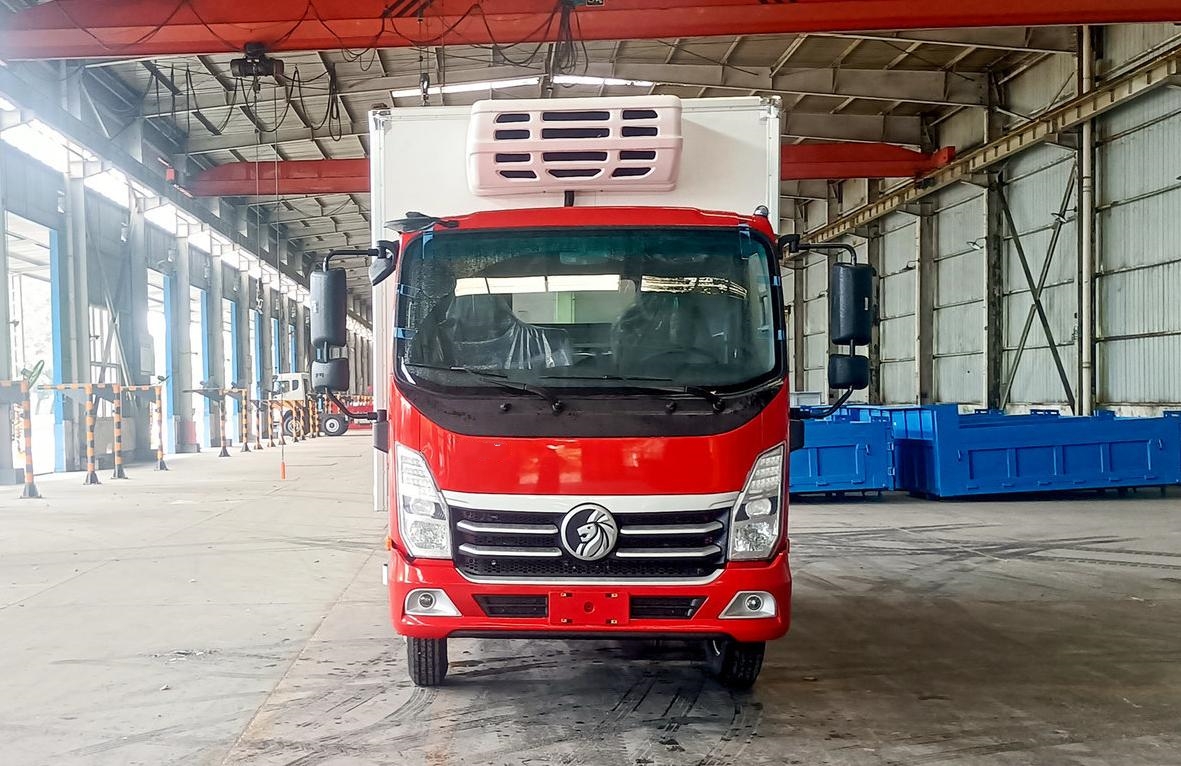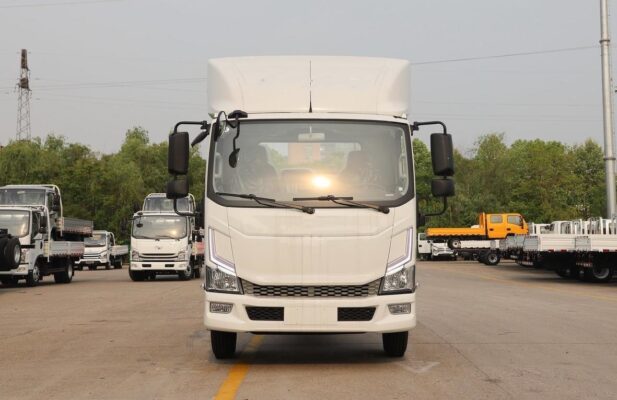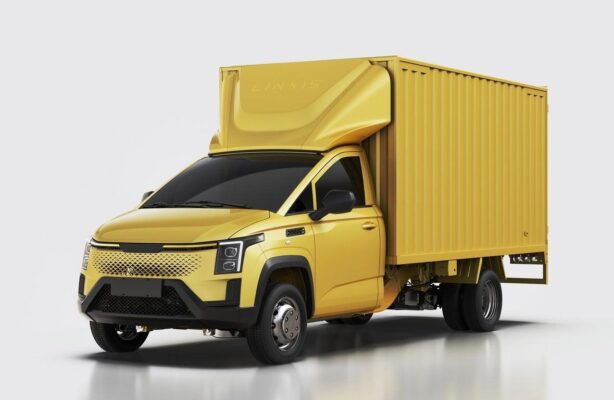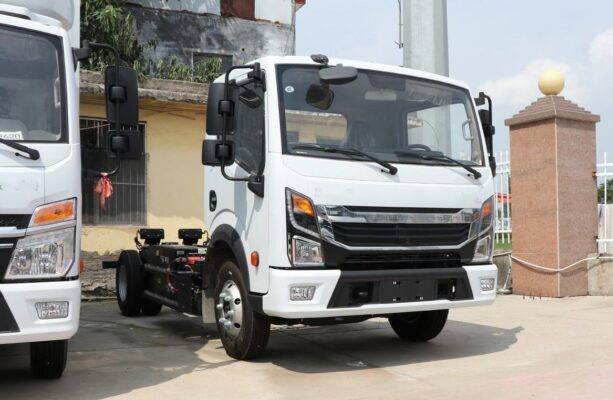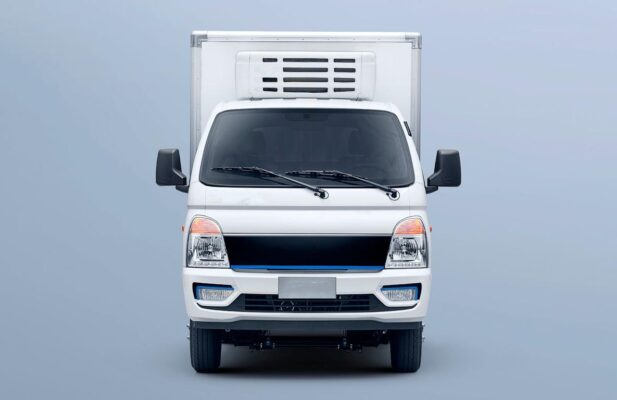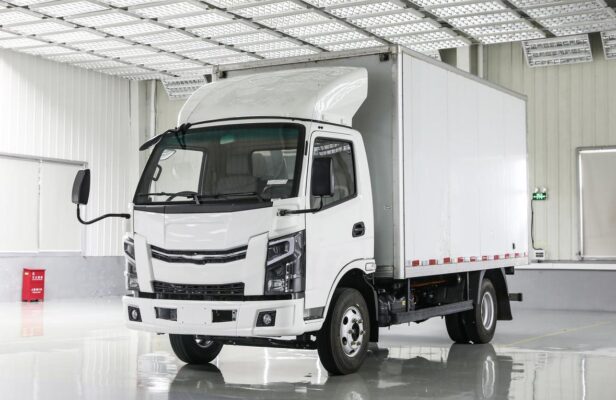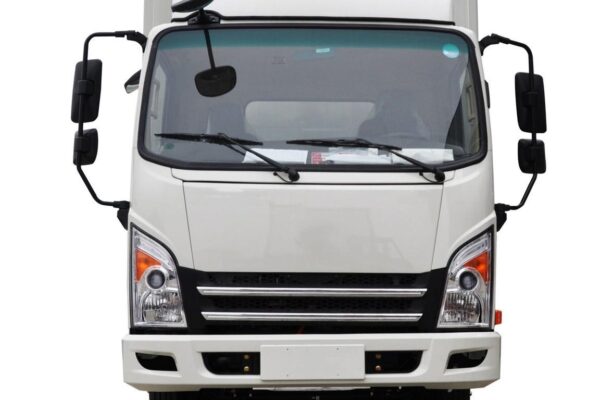Rafmagns vörubílafréttir
Af hverju missa rafmagns pallbílar hleðslu á veturna?
Electric pickups are becoming increasingly popular, but one common issue that many owners face is a noticeable loss of battery charge during winter months. This phenomenon can be frustrating, especially for those relying on electric vehicles (EVs) for daily commuting and utility tasks. Understanding the reasons behind this charge loss is essential for both current and prospective electric pickup owners. In this article, we will explore the various factors contributing to battery drain in winter, how to mitigate this loss, and strategies to improve overall performance in cold conditions.
Why Do Electric Pickups Lose Charge in Winter?
The reasons electric pickups lose charge in winter can be attributed to several interconnected factors. Understanding these factors is crucial for effective battery management during colder months.
1. Chemical Reactions in Batteries
One of the primary reasons for charge loss in electric pickups during winter is the impact of low temperatures on the chemical reactions within the battery. Most electric vehicles use lithium-ion batteries, which rely on electrochemical processes to store and release energy. Here’s how low temperatures affect this process:
- Reduced Capacity: Cold weather slows down the rate of these chemical reactions, which in turn reduces the battery’s effective capacity. As a result, the vehicle can draw less energy from the battery, leading to a decrease in the driving range.
- Increased Internal Resistance: Cold temperatures increase the internal resistance of the battery, making it less efficient at conducting current. This increased resistance can affect both charging and discharging processes, further diminishing the overall performance of the battery.
2. Increased Energy Demands
Winter conditions create additional energy demands that can significantly impact battery performance:
- Heating Requirements: Electric pickups often require additional power to heat the cabin and seats. This demand for heating can draw significant energy from the battery, leading to quicker charge depletion.
- Use of Auxiliary Devices: During winter, drivers may rely more heavily on auxiliary devices such as windshield wipers, defrosters, and headlights, all of which consume extra energy. This combined demand can exacerbate the overall drain on the battery.
3. Cold Weather Driving Conditions
Driving in cold weather also introduces unique challenges:
- Tire Performance: Cold temperatures can reduce tire pressure, which increases rolling resistance and requires more energy to maintain speed. This added strain can further deplete battery power.
- Aerodynamics: Snow and ice can accumulate on the vehicle, negatively impacting its aerodynamics and increasing energy consumption as the vehicle works harder to maintain efficiency.
Are There Ways to Prevent Electric Pickups from Losing Charge in Winter?
Fortunately, there are several strategies electric pickup owners can adopt to minimize charge loss during the winter months. Implementing these methods can significantly enhance battery performance and extend driving range.
1. Indoor Parking
Parking in a garage or sheltered area can help maintain a warmer environment for the vehicle. Keeping the electric pickup away from harsh winter elements can prevent the battery from experiencing extreme cold, reducing the risk of charge loss.
2. Preheating the Vehicle
Using a scheduled start system to preheat the vehicle is an effective way to minimize additional energy consumption while driving. Preheating the cabin while the vehicle is still plugged in allows the battery to retain more energy for driving rather than using it for heating.
3. Efficient Use of Heaters and Air Conditioning
Managing the use of cabin heating and air conditioning can help conserve battery power. Owners can opt for heated seats instead of heating the entire cabin, as this method consumes less energy. Utilizing a climate control app to optimize heating settings can also be beneficial.
4. Regular Maintenance
Maintaining the electric pickup, including regular battery checks, is essential to ensure optimal performance. Ensuring that the battery management system is functioning correctly can help mitigate charge loss during winter.
How Can the Range of Electric Pickups Be Improved in Cold Winter Conditions?
Improving the range of electric pickups in cold winter conditions can be approached through various practical strategies and adjustments. Here are several ways to maximize battery performance:
1. Scheduled Preheating
Utilizing a fixed timer to preheat the vehicle allows it to start in a relatively warm state. By warming the vehicle before driving, owners can reduce energy loss and enhance the overall range during winter driving.
2. Monitor Energy Consumption
Being mindful of energy consumption while driving is crucial. Efficient management of heating and air conditioning—turning them on or off as needed—can prevent energy wastage. This also includes using the vehicle’s regenerative braking feature to recover some energy during braking.
3. Optimize Tire Pressure
Checking tire pressure regularly is vital, especially during winter months. Maintaining the recommended tire pressure reduces friction between the tires and the road, enhancing energy efficiency and improving range. Underinflated tires can negatively impact handling and safety, in addition to draining battery power.
4. Adopt Smooth Driving Habits
Driving habits can significantly influence the electric pickup‘s range. Adopting smooth driving techniques, such as gradual acceleration and gentle braking, can help conserve battery energy. Avoiding rapid acceleration and hard braking minimizes the energy required for driving, ultimately extending the battery range.
Besides Low Temperatures, Are There Other Factors That Can Cause Electric Pickups to Lose Charge in Winter?
In addition to low temperatures, several other factors can contribute to the loss of charge in electric pickups during winter:
1. Battery Age and Health
The age of the battery plays a crucial role in its performance. Over time, lithium-ion batteries naturally degrade, leading to reduced capacity and efficiency. An aging battery may struggle more in cold conditions, exacerbating the effects of low temperatures.
2. High Settings for Heating and Accessories
Using excessively high settings for heaters and air conditioning can drain the battery more quickly. Auk þess, operating accessories such as infotainment systems, heated seats, and other electronic devices at high settings contributes to overall energy consumption.
3. Frequent Rapid Acceleration and Hard Braking
Driving behaviors such as frequent rapid acceleration and hard braking can significantly impact battery consumption. Such driving habits require more energy, reducing the available charge and further diminishing range.
How Can the Issue of Electric Pickups Losing Charge in Winter Be Resolved?
Addressing the issue of electric pickups losing charge during winter involves leveraging advanced technology and strategic practices. Here are some effective solutions:
1. Lithium Battery Heating Systems
Implementing lithium battery heating systems can help maintain a consistent battery temperature, allowing it to function effectively even in low temperatures. These systems optimize charging and discharging strategies, which can significantly enhance battery performance and range during winter.
2. Advanced Battery Technologies
Investing in more advanced battery technologies, such as solid-state batteries, can provide better performance in cold conditions. Solid-state batteries have higher energy densities and are less susceptible to temperature-related issues, leading to longer ranges and improved overall performance in winter.
3. Educating Drivers on Winter Usage
Educating electric pickup owners about best practices for winter driving can help mitigate charge loss. Knowledge about efficient heating strategies, energy management, and driving habits can empower owners to maximize their electric pickup‘s performance.
Conclusion
In conclusion, electric pickups face unique challenges during winter months, leading to a loss of charge that can impact their performance and range. Factors such as low temperatures, increased energy demands, and driving conditions contribute to this issue. However, through proactive measures—such as indoor parking, preheating the vehicle, regular maintenance, and adopting efficient driving habits—electric pickup owners can effectively mitigate charge loss in cold conditions.
By leveraging advanced technologies and understanding the underlying factors contributing to winter charge loss, electric pickup owners can enjoy a more reliable and efficient driving experience year-round. As the market for electric vehicles continues to grow, addressing these winter-specific challenges will be essential for maximizing their potential and ensuring owner satisfaction.
